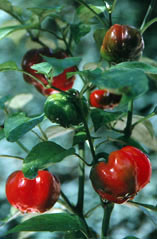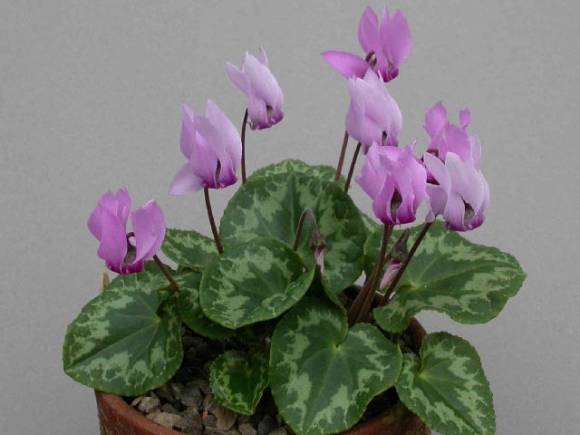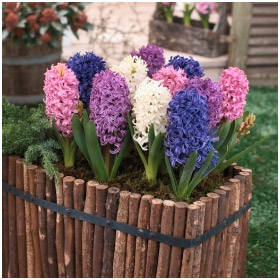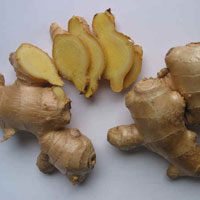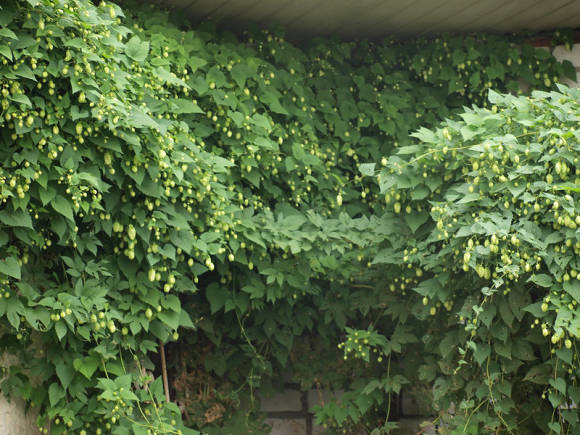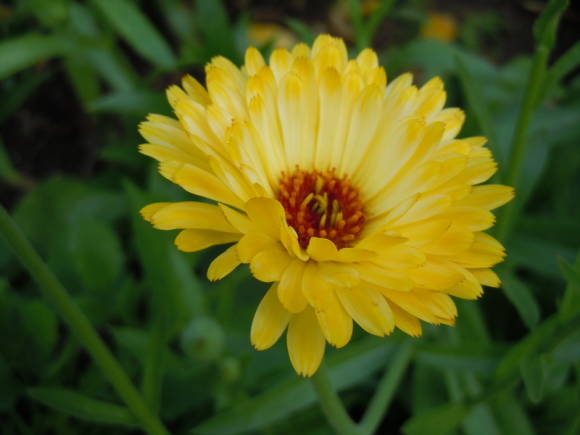 Calendula contains substances that are very different in their chemical nature. It is natural to assume that with a different method of preparing medicines, the effect of some will be stronger, while others will be weaker. An experimental study of herbal preparations of calendula showed that they have a wide spectrum of pharmacological activity, which is due to the rich content of biologically active compounds in plant flowers, such as carotenoids, flavonoids, vitamins, triterpene saponins, sterols, essential oil, trace elements.
Calendula contains substances that are very different in their chemical nature. It is natural to assume that with a different method of preparing medicines, the effect of some will be stronger, while others will be weaker. An experimental study of herbal preparations of calendula showed that they have a wide spectrum of pharmacological activity, which is due to the rich content of biologically active compounds in plant flowers, such as carotenoids, flavonoids, vitamins, triterpene saponins, sterols, essential oil, trace elements. The most common dosage forms are powder (that is, crushed flower baskets, which are taken in powder form with a small amount of water), aqueous extracts (infusions and decoctions), hydroalcoholic tinctures, oil infusions, ointments, suppositories and CO2-extracts. Perhaps all of the listed funds, except for the last one, can be prepared at home. It makes no sense to list all the dosage forms of all firms and countries available in pharmacies, because there are so many of them that it would turn out to be a separate directory.
The main directions of action of galenic forms and herbal remedies from calendula officinalis are anti-inflammatory, wound healing, bactericidal, antispasmodic and choleretic properties.
Now a little more detail about everything. Flavonoids and essential oil act antimicrobially (active against Staphylococcus aureus and many other microorganisms). Although the bactericidal properties of calendula in relation to streptococci and staphylococci are not as pronounced as in antibiotics, when used in general, inflammation processes complicated by bacterial flora proceed more favorably, apparently due to increased granulation growth, improved epithelialization and an increase in local protective mechanisms.
Antiviral effect is manifested against influenza and herpes (more against herpes simplex, and less against herpes, which causes shingles). More effective in this case is a tincture of 70% alcohol, especially in combination with a tincture of meadowsweet. In scientific laboratories, it has been proven that extracts of calendula flowers dose-dependently suppress the activity of HIV-1 reverse transcriptase. These substances are better extracted with a water-alcohol mixture, so tincture will be more effective. Together with triterpene saponins, flavonoids exhibit oncoprotectonic action.

An anti-trichomonas action of the preparations of this plant was found, which determines its local application in gynecology.
Polysaccharides have an immunostimulating effect, activate phagocytosis. This property will be more manifested by infusion and decoction, that is, water extracts.
Calendula had a cardioprotective effect in coronary heart disease, improved blood biochemical parameters. This is most likely due to the antioxidant effect of carotenoids and some other substances.
Modern research confirms the high activity and safety of using calendula for skin diseases and inflammatory diseases of the mucous membranes. The wound healing effect is based on the enhancement of the formation of fibrin, granulation and epithelialization of the wound. And in combination with antimicrobial action, this makes it an indispensable assistant for poorly healing infected wounds. Antiulcer and gastroprotective effects of calendula preparations, or rather of the triterpene saponins contained in it, were found. Accordingly, the infusion of calendula is a good remedy for gastritis, colitis, inflammation in the gastrointestinal tract associated with food poisoning.
Isorhamnetine glycoside isolated from calendula showed anti-inflammatory activity. Anti-inflammatory activity of CO2-extracts is directly proportional to the presence of faradiol monoester and is comparable to indomethacin. Monoalcohols (ψ-taraxosterol, lupeol, taraxosterol and β-amirin) are less active than diols.
Free faradiol showed a more pronounced anti-edema effect on burns compared to croton oil in mice than its ether and taraxosterol, the effect was similar to indomethacin. One of the very valuable properties of calendula is the ability to stimulate lymph movement and reduce swelling associated with this problem.
Calendula gel has shown high efficiency in gingivitis, but this does not mean that rinsing with a regular infusion will not be effective. For stomatitis, gingivitis and tonsillitis, this remedy has been successfully used by many generations of "sick" people.
In the study of oxidative stress under the influence of UV in mice, polyphenols, flavonoids, rutin and narcissin contained in a water-alcohol tincture at doses of 28.6 mg / g, 18.8 mg / g, 1.6 mg / g and 12.2 mg / g showed dose-dependent antioxidant activity against various radicals. This extract stimulated the activity and secretion of the matrix metalloproteinases 2 and 9, made it possible to increase the duration of UV irradiation without visible consequences, demonstrating a protective effect. These studies make it possible to recommend marigold extracts in cosmetics for the manufacture of tanning products and not only. The use of this plant in the cosmetic industry goes back centuries. Extracts of herbs, flowers, oil extract and fatty oil of calendula seeds do not have genotoxic and irritating effects, in very rare cases they can cause allergies and therefore are widely used in cosmetics as ingredients of cosmetics.
The medical literature discusses the possibility of using calendula drugs in oncology. An antimetastatic effect of calendula in the lungs with melanoma in mice was noted. The high efficacy of calendula preparations for the prevention of dermatitis during radiation therapy after the lymphectomy procedure for breast cancer has been proven.
Surprisingly, calendula has a calming effect and can enhance the effects of sedatives. This biological activity has been confirmed in experiments to study the interaction of calendula preparations with hypnotics, narcotics and CNS stimulants. In the experiments, a noticeable sedative effect of the galenic forms of the plant was established, which was characterized by an extension of the sleep period and was distinguished by antagonism in relation to stimulants of the central nervous system. However, you should not combine calendula with barbiturates and other drugs that have a sedative effect, it enhances their effect and duration of action.
The effect of calendula preparations on the activity of the cardiovascular system was manifested by a distinct cardiotonic and hypotensive effect. It is probably associated with the action of biofdavonoids, in particular rutin, which have capillary-strengthening activity.
With the introduction of calendula preparations to animals in large doses, their blood pressure decreased by 30-40% of the initial level, heart contractions became less frequent and the amplitude of heart contractions slightly increased, and respiration decreased and deepened.
The anti-inflammatory properties of calendula are manifested in experimental models of inflammation, both septic and aseptic. In addition, with the action of calendula preparations, regeneration processes are improved.
Calendula flowers have antispasmodic properties. By relaxing the smooth muscle structures of organs such as the stomach, intestines and liver, calendula at the same time stimulates secretory activity, which helps to increase bile formation and secretion and increase the secretory activity of the stomach.
Calendula treatment

A lot of dosage forms can be prepared from calendula. Let's start with the simplest - water infusion... Two teaspoons of raw materials are poured with a glass of boiling water, insisted until cooled and taken, depending on the disease, usually 3 times a day, 1 / 3-1 / 2 cup.
It is very fashionable to cook now juices from fresh medicinal plants. To do this, collect 1-2 kg of baskets, squeeze the juice in a juicer. During the season, take 1 tablespoon 3 times a day of freshly squeezed juice, and for the winter, preserve with an equal volume of vodka and store in the refrigerator. Canned juice is best taken in a teaspoon. For external use, it can be diluted 2-3 times with boiled water.
The most convenient dosage form is tincture... It is a versatile remedy that is used both externally and internally. It is better to cook it with 70% alcohol. As a last resort, you can use vodka. Usually it is prepared in a ratio of 1 weight part of inflorescences and 5-10 diluted alcohol. Cork the bottle and place in a dark place for a week. Then strain and store in a cool, dark place. It is a good choleretic, antimicrobial and antihypertensive agent. In addition, calendula tincture in combination with meadowsweet tincture works well against herpes. Usually take 20-30 drops 3 times a day. And for external use they are bred.
Finally, for carotenoid extraction, it is best to cook oil infusion... In other dosage forms, this fraction is practically absent. The flowers are poured with vegetable oil (1:10) for 12 hours, heated in a water bath for 30 minutes and filtered. The most important thing is that as little light as possible falls on the infusion both during preparation and storage. Then the healing power of carotenoids will last for a maximum time. It turns out to be an excellent wound-healing agent. It is used externally for cuts, abrasions, sores, burns, eczema, insect bites, skin inflammation, rashes and cracks in the nipples of the breast. The oil can be added to various creams for the care of the skin of the hands, feet and face.
see also Calendula officinalis: composition and application


